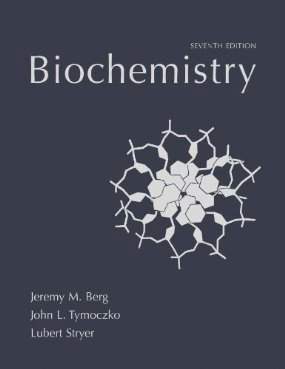Connecting...

For more information, please see full course syllabus of Biochemistry
Biochemistry Citric Acid Cycle I
Cellular respiration includes glycolysis, the citric acid cycle, and oxidative phosphorylation. This process breaks down all the nutrients that are ingested and provides electrons for the electron transport chain to produce ATP from ADP. Pyruvate, the product of glycolysis, is converted into acetyl-CoA by a bundle of three enzymes called the pyruvate dehydrogenase complex in the mitochondria. It is then ready to enter the citric acid cycle. The first enzyme in the pyruvate dehydrogenase complex is pyruvate dehydrogenase. The second is dihydrolipoyl transacetylase, and the third is dihydrolipoyl dehydrogenase. These enzymes require five cofactors or coenzymes: thiamine pyrophosphate (TPP), lipoate, coenzyme A, Flavin adenine dinucleotide (FAD), and nicotinamide adenine dinucleotide (NAD⁺). This lecture covers the structure of each as well as their location in the complex.
Share this knowledge with your friends!
Copy & Paste this embed code into your website’s HTML
Please ensure that your website editor is in text mode when you paste the code.(In Wordpress, the mode button is on the top right corner.)
- - Allow users to view the embedded video in full-size.










































 Answer Engine
Answer Engine





3 answers
Thu Sep 10, 2020 1:53 AM
Post by Sara Tee on September 1, 2020
Hello Prof, the chemistry of the enzyme is absolutely amazing. I am a little unclear at the Thioester bond. Why is this high energy bond (Sulfur to Carbonyl) formed just to be say it is high energy, unstable and broken off again as a good Leaving group? I understand that Sulfur is attached to carbonyl to make Carbonyl more sensitive to a mild nucleophile. Is the high E, unstable bond formed just to make Carbonyl more reactive. Please help me linking things up. Thanks!
1 answer
Sat Aug 1, 2015 1:14 AM
Post by Jason Smith on July 31, 2015
You should receive teacher of the CENTURY award
2 answers
Last reply by: Vincent Bedami
Tue Feb 16, 2016 11:02 AM
Post by Brooke Bayless on March 21, 2015
I agree^^^ very distracting!
0 answers
Post by cristina petty on October 23, 2013
i do not like the noise on the background